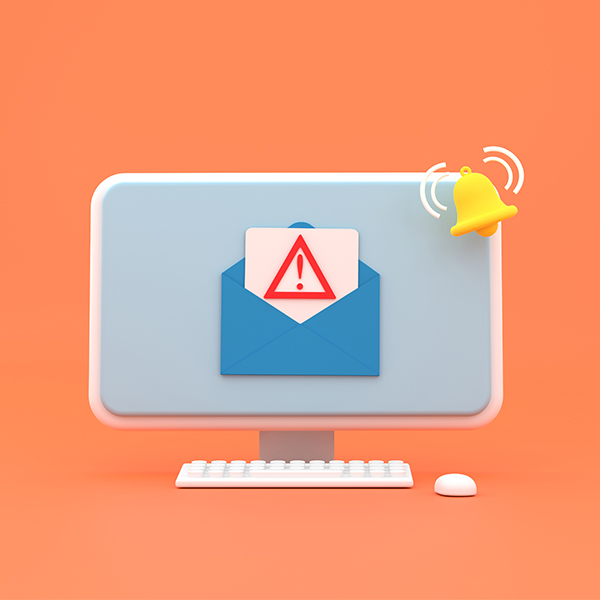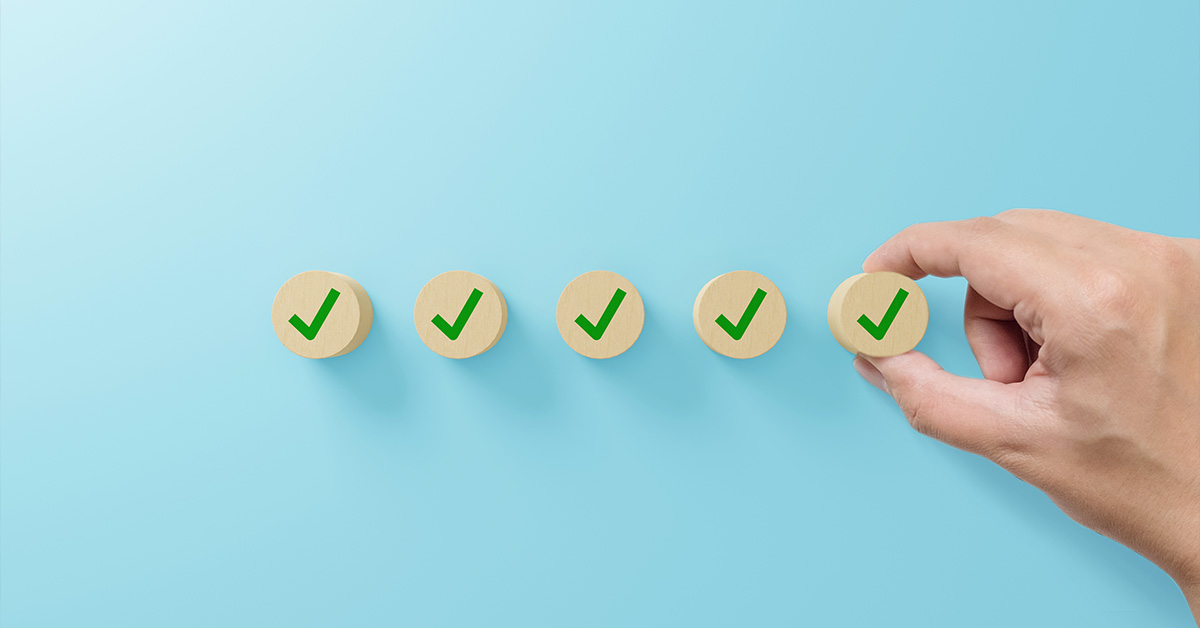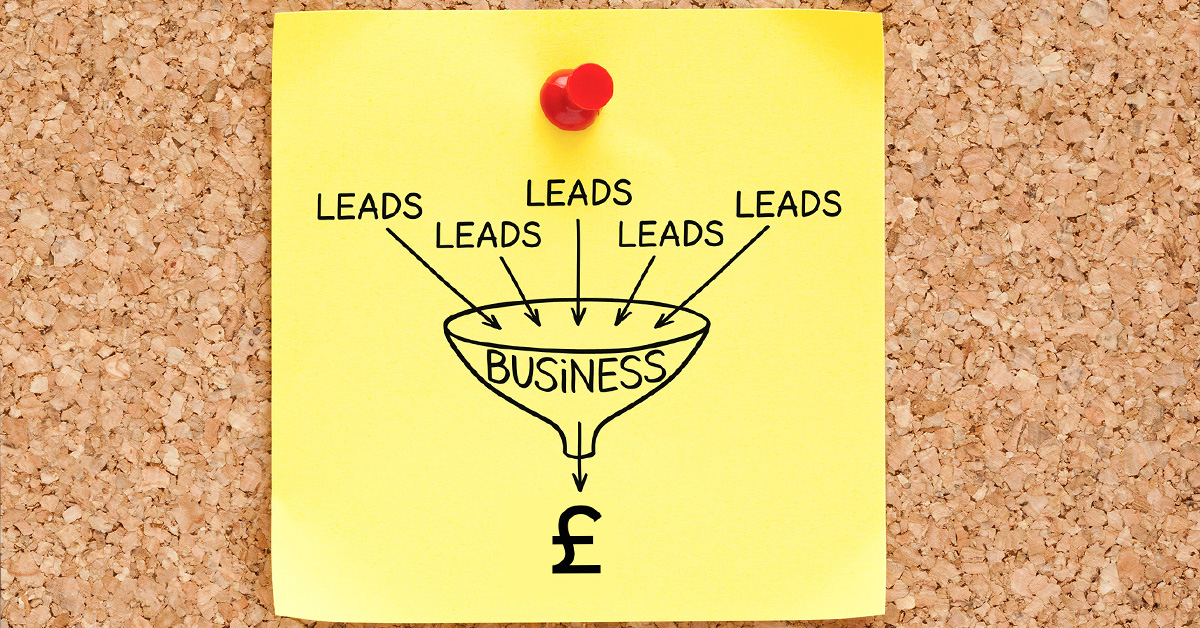These days, there are many ways to reach a customer. The options are almost limitless between social media, display ads, emails and search engines. While it may seem like the most significant conversations with customers happen on social media, it’s important to keep in mind that email offers a direct line of communication with a customer who has already shown interest in your brand.
As a result, email newsletters are extremely valuable tools, but what does it take to design an effective email newsletter that gets read, opened, and encourages readers to stay engaged? Let’s discuss this.
We will address the following in this blog:
- What is an email newsletter?
- Why are email newsletters important?
- How to write a newsletter
- What to include in a newsletter?
- Newsletter best practices for email
What is an email newsletter?
Email newsletters are specific kinds of emails that you can send to your subscribers and include informational content that has been carefully curated, such as the most recent blogs, product updates, resources, advice, stories, and much more. There are essentially no restrictions on what you can include in your newsletters.
The objective is to keep your subscribers interested and involved while establishing lasting relationships. Additionally, these support the development of brand authority and improve customer communication throughout the entire purchasing process. Depending on what you want to share and how frequently your customers anticipate receiving them, you can send your newsletters weekly or monthly.
Here are a variety of reasons why businesses use an email newsletter:
- Discounts and sales announcements
- Inform you about company news and updates
- Analyse and summarise published articles and content
- Convert customers into paid subscribers
- Lead nurturing
- Maintain customer loyalty
Why are email newsletters important?
Email marketing is a strong tool for connecting with customers and increasing sales. This is due to the fact that email is private and allows you to communicate with your audience right in their inbox, in contrast to other platforms like social media. Although email automation is unquestionably effective, a good email marketing strategy never completely depends on them. The most effective strategies emphasise the value of manually sending frequent email newsletters to existing customers.
Listed below are 5 reasons why sending a newsletter is vital to the success of your email marketing:
Promote your services and products
Using email newsletters to advertise your products and services is a good idea. Additionally, while you can (and should) do this in your welcome and cross-sell emails, this automation frequently only highlights your most well-liked products or those that are comparable to what your customers have already bought.
Maintain customer interest
You should send emails on a regular basis to keep your customers interested in your email marketing. At first, you should aim to send an email once a week to determine the ideal email send frequency. If you only rely on email automation, it will be difficult, if not impossible, to reach the desired frequency because automated emails are only sent when customers meet a specific set of requirements (such as when a user looks like they’re about to leave a website or abandon a cart).
Additionally, if you don’t send emails frequently enough, your email list will become disengaged, costing you sales as a result. Newsletters can help with this. By sending out newsletters on a regular basis, you’ll keep your subscribers interested, which will increase sales.
Keep your customers up to date
Email newsletters are an essential way to share important news and keep your customers informed is through newsletters. You should dedicate a newsletter to any announcement update you believe your customers should be aware of. Do not solely rely on a website or social media post announcement. The fastest and more reliable way to spread the word is through email newsletters.
Encourage your other marketing initiatives
Email works well. In fact, it’s the most successful marketing channel there is. But that doesn’t negate the significance of other channels. Your newsletters are a helpful and significant way to support your larger marketing efforts in addition to using other platforms like social media. You might, for instance, designate a monthly newsletter to highlight your best-performing social media posts from the previous month. By doing this, you’ll increase your social media following, boost the efficiency of your social media marketing, and interact with your customers via email.
Publicise your sales and events
Last but not least, newsletters are a fantastic and essential way to advertise your sales and any other events you’re hosting. Naturally, this is also the primary purpose of newsletters. You want as many people as possible to be aware of any sales, etc. you are holding in order to maximise sales. Sending a newsletter to your email list is the best way to spread the word. Since these newsletters are so simple, their significance is essentially obvious. However, they serve as a good illustration of the value and effectiveness of manual email campaigns in addition to email automation.
How to write a newsletter
1. Examine examples of effective newsletters
How do you begin? Look at some examples in and outside of your industry before you start writing an email newsletter. A list of newsletters all marketers should subscribe to can be found in our blog:
2. Determine the type of newsletter you want to publish
Due to their tendency to support every aspect of your business, email newsletters frequently become cluttered and lack focus. It can kind of get messy when product news appears right after PR stories, blog posts next to a random event, etc. Whether an email is a newsletter or not, it needs to have one thing in common to keep it together. Keep your email newsletter focused on a single, narrow topic to help cut down on its randomness.
Tip: Focus it on one vertical rather than your business as a whole.
3. Balance your newsletter content
It’s likely that your email newsletter subscribers don’t always want to learn about your products and services all of the time. There is only so much enticing you can do before they tune you out, even though they may love you and want to hear from you. Therefore, 90% of your newsletter’s content should be educational, and 10% should be promotional.
Get rid of self-promotion in your email newsletter (for the most part) and concentrate on providing your subscribers with timely, pertinent, and educational content instead. Leave out the promotional elements unless you actually have an exciting piece of news about your business, product, or service.
4. Be clear about what your audience can expect
Once you’ve clearly outlined your newsletter’s focus and content balance, make sure your subscribe landing page is describing them appropriately. Be more precise. Tell prospective readers exactly what will be included in the newsletter and how frequently they can expect to hear from you. If you put yourself in the subscriber’s shoes, that would be amazing, wouldn’t it? Knowing exactly who you’d be receiving the email from, what they’d be sending you, and how frequently. Having this information up front will also help you as a marketer reduce your unsubscribe and spam rates as well.
5. Make your email subject lines interesting
There is no guarantee that your subscribers will open your emails once they arrive in their inboxes, even if they have signed up to receive them. Many marketers attempt to increase subscriber familiarity by sending emails with the same subject line every day, every week, and every month. But, in all honestly, subscribers get tired of those subject lines quickly. Why? Because the subject line of that particular email does not currently offer any reason to click on it. A better strategy would be to try to come up with a unique, interesting subject line for each newsletter you send out.
6. Select just one main call to action
So one of the things that distinguish a newsletter from other types of content is the presence of multiple calls to action (CTAs). However, that does not imply that you should give both CTAs equal prominence. Instead, make sure there is only one primary CTA – one thing you want your subscribers to do. The remaining CTAs ought to be “in case you have time” choices. Make it very clear to your subscribers what you want them to do, whether it’s just to click through to a blog post or just to forward the email to a friend.
7. Keep the copy and design simple
A newsletter’s nature makes it susceptible to feeling cluttered. Two factors are key for email marketers to appear uncluttered: clear copy and adequate white space in the design. Because you don’t want your subscribers to spend all day reading your email, concise copy is essential. You want to direct them to another location (like your website or blog) so they can actually read the entire piece of content.
Short copy gives your subscribers just enough of a taste of your content to entice them to click and read more. White space is essential in email newsletters because it visually reduces the cluttered feeling and makes it much simpler for users to click the appropriate link on mobile devices.
8. Ensure that images have alt text
It makes sense that you’d want to include visual content in your emails given how crucial it is to the rest of your marketing initiatives, doesn’t it? However, email is a bit more difficult. Since most people won’t have images enabled, you must ensure that your images contain one crucial element, alt text. When images aren’t loaded in an email alternative or alt text, is displayed instead. If your CTAs are images, this is especially crucial because you want to ensure that people are clicking even when the image is disabled.
9. Make subscription simple for users
Although it may seem counter-intuitive, this is crucial if you want to keep your subscriber list full of engaged, active people. Ensure your email’s unsubscribe button is easily accessible. A clear unsubscribe procedure will help prevent your email from being flagged as spam before it reaches the inboxes of the rest of your list, in addition to maintaining the health of your list.
10. Test repeatedly
Although we just gave you a list of nine things you need to do to ensure that your email newsletters are executed correctly, you also need to figure out what works for your business and your list. Different groups of email subscribers have different preferences, just like different cultures of people do.
What to include in a newsletter?
Newsletters can contain a variety of content, such as:
- Blog posts
- How-to guides
- Discounts and promotions
- User-generated content
- Testimonials
- Video content
- Industry news
- Company updates and announcements
- Webinars
The next step is to work out what content will appeal to your readers. Once you know how to create a newsletter, it’s time to begin putting it together. Your business, industry, and target audience will determine what you choose to offer. Consider sending out a content roundup of your best blog posts and videos if your website already has one.
Additionally, educational content is also valuable. By including a how-to guide in your newsletter, you can position your business as an authority on a particular subject and give subscribers the information they want to read.
Newsletter best practices for email
When you’re prepared to create your newsletter, make sure to adhere to the guidelines above. Regardless of the layout of your newsletter, use these best practices as a guide:
1. Be succinct and to the point
Avoid overwhelming viewers with excessive text or imagery. To balance things out keep your message short and sweet, even if you decide on a newsletter without pictures, so the email gets right to the point and keeps the reader’s interest.
2. Provide valuable content
Nobody wants to open an email that is filled with advertisements. Include pearls of wisdom, advice, and useful blog posts along the way to give the reader the impression that they are learning something. As a result, they will perceive the subscription as being much more valuable.
3. Always send out a test email
There is nothing more embarrassing than a broken link or a design element that looks off. Send practice emails to yourself and a co-worker who can provide you with useful feedback. Make sure they look good on both the desktop and mobile versions by checking them out on a computer and a smartphone.
4. A/B testing is essential
A/B testing should be used in addition to testing emails to ensure that the design is correct and all links function. You can learn more about the kinds of emails your audience prefers by running A/B tests. A/B testing can also be used to determine the effectiveness of CTA placement and other design elements.
5. Make it responsive on mobile
Your newsletter must be mobile-friendly because more users are checking their email on mobile devices. Emails are opened on mobile devices in around 85% of cases. Using a responsive email template is one way to guarantee that your emails display correctly.
6. Keep an eye on email frequency
How many and how frequently you send emails is another thing to consider. Recipients may unsubscribe if you send them too many emails.
Any marketer’s toolkit should include an email newsletter. It can help with customer conversions, sales nurturing, and content marketing. Having the necessary newsletter elements and testing them out will help you focus on what’s best for your business, even though it can be difficult to stand out from the competition.
Find out how LOCALiQ can help you with your digital marketing by contacting our experts. Until then, subscribe to LOCALiQ’s newsletter for digital marketing updates!




